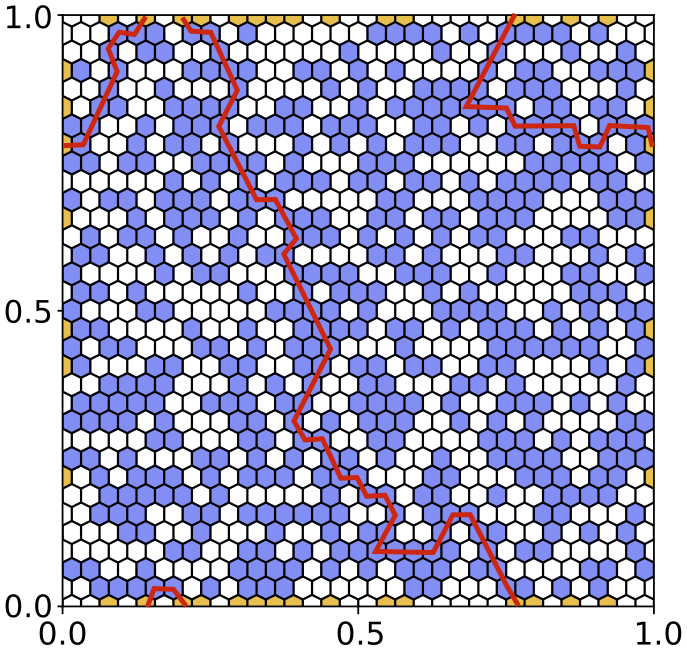Persistent Homology
Much of my research is on understanding persistent homology and its various aspects. The list are just some bits and pieces.
Stability: Persistence diagrams are the main invariant that is studied. We often try to understand spaces from finite samples, in which case, stability is important as it allows us to get quantitative control. I am very interested in stability statements and how they relate to classical objects such as exact sequences. In general there is a mixture of combinatorial and algebraic aspects to these type of questions.
Variants:There are several variants to persistence, such as zig-zag, robustness, and multiparameter. There are many open and interesting questions in this area. I have worked on some of these and have recently started working on multiparameter questions more concretely.
Algorithms: A key factor in persistent homology is that it can be computed quite efficiently (thanks to the hard work of many other people). I have worked on various complexity questions and there are still interesting questions here.
Stochastic Topology
This is, roughly speaking, asking about the topology of a space which comes from a random process. In particular, I am interested in the homology group (and ultimately homotopy groups) of these spaces. The random models I am interested in are usually geometric (Poisson, Boolean, or some regular tiling). My interest began with the work on maximal classes (the persistent classes which have the largest \(\frac{death}{birth}\) - which for a Boolean model, we found was \(O\left(\frac{\log n}{\log\log n}\right)^{1/i}\), where \(i\) is the homological dimension.
Percolation: There is an active area of study around the sudden appearance of an infinite component in many random models - often called a sharp threshold. I am interested in these for the appearance of homology, e.g. the essential classes of a manifold. We know these appear at \(O(1/n^d)\) but there are many open questions here.
Universality: If one considers\(\frac{death}{birth}\) as a distribution, amazingly it seems that this distribution only depends on homological and ambient dimension (and what complex we build) but not the underlying generating distribution. Empirically, even this dependence can be removed with the appropriate normalization, which we are investigating.
Spanning Acycles: Minimal spanning trees have been well studied in both the probability and computer science literature. My interest is in minimum spanning acycles. Introduced by Kalal, they are also called generalized trees and are higher dimensional analogues.
Machine Learning
As part of the Department for Artificial Intelligence at the Jozef Stefan Institute, I worked on several aspects of machine learning.
Topological Information in Neural Networks: Deep networks have revolutionized machine learning with an immense amount of research going into them. I have focused on where and how topological (and geoemtric) information can be incorporated into networks to improve/control learning or understand the result.
Other: I am also still interested in other techniques from machine learning, e.g. clustering, functional data analysis, both related to topology/geometry/algebra as well as more classically machine learning techniques.
Applications
While I do more theory these days, I am still interested in applications to data. This includes applications as well as interesting theoretical questions which arise.
Euler Surfaces/Transforms: Rather then consider homology, we can consider the Euler characteristic. This is very efficient to compute and captures a lot of interesting information - although it is not well understood what information or how to best use it. Additionally, there are connections with constructible functions (and (co)sheaves) which are interesting directions to explore.
Visualization: Topology can be very useful for visualizations. In addition to work on vector fields, there was alos work on capturing states in time series. Topological visualization is an active area of research with many interesting problems.
